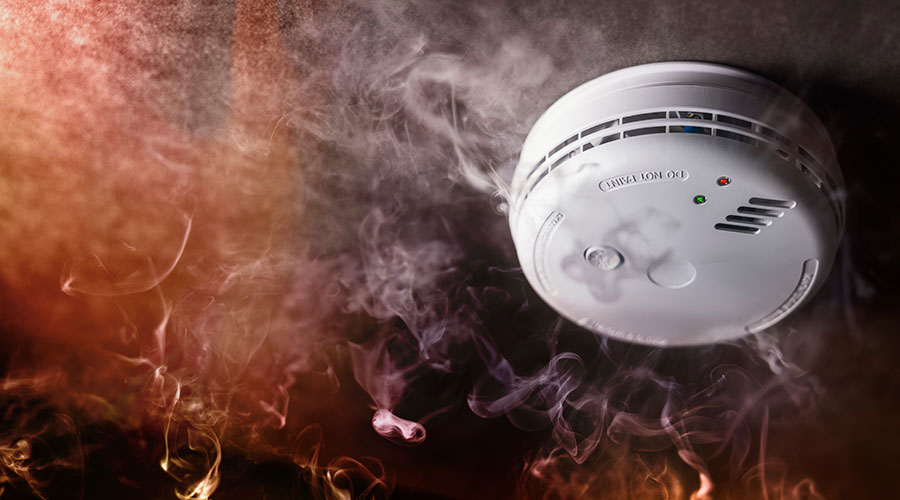A strain of bacteria that can cause severe infections and carries genes that are resistant to carbapenem antibiotics has been detected in all six World Health Organization (WHO) regions, according to the organization’s report. In response, WHO recently issued a moderate-level risk level for the bacteria, hypervirulent K. pneumoniae (hvKp). The organization is encouraging healthcare facilities to ramp up infection control and prevention measures at every acute care and long-term care facility.
Bacteria such as hvKp can carry forms of antimicrobial resistance (AMR), essentially allowing them to survive modes of treatment that were once effective, making them difficult to treat. If allowed to fester, it can lead to an outbreak in healthcare facilities, putting patients and staff at risk.
One major line of defense against their spread is infection control. The CDC recommends enforcing policies for core practices, such as hand hygiene, personal protective equipment (PPE) and environmental cleaning.
Related: Addressing a Months-Long CPE Outbreak
For proper hand hygiene, the “SHEA/IDSA/APIC Practice recommendation: Strategies to prevent healthcare-associated infections through hand hygiene: 2022 update” lists seven strategies for improving hand hygiene:
- Promote the maintenance of healthy hand skin and fingernails.
- Select appropriate products.
- Ensure the accessibility of hand hygiene supplies.
- Ensure appropriate glove use to reduce hand and environmental contamination.
- Reduce environmental contamination associated with sinks and sink drains.
- Monitor adherence to hand hygiene.
- Provide timely and meaningful feedback to enhance a culture of safety.
PPE acts as a barrier between the wearer and contaminated surfaces or airborne pathogens. Staff must be equipped with PPE, such as gloves or masks, when dealing with contaminated environments and infected patients.
To prevent PPE contamination, CleanLink recommends washing hands before putting on gloves and after taking them off. For disposable masks, users should change them often. How often depends on the facility and the tasks being carried out.
When it comes to cleaning and disinfecting, environmental services workers might not be able to completely eradicate anti-microbial resistant bacteria, according to J. Darrel Hicks. He recommends using hospital-grade disinfectants that are effective against high-risk microorganisms. When selecting the right disinfectant, he says to consider these key factors:
- meets the testing standards for the healthcare sector
- effective according to the kill claims
- compatible with surfaces and other materials
- dilution and ease of use
- dwell time and pH neutral
- kills dry-surface biofilm
- safe for staff and patients.
Jeff Wardon, Jr., is the assistant editor for the facilities market.

 Legionella Detected at Michigan Health Facility
Legionella Detected at Michigan Health Facility Crystal Spring Tower Opens at Carilion Roanoke Memorial Hospital
Crystal Spring Tower Opens at Carilion Roanoke Memorial Hospital Hospital Evacuation Highlights Importance of Emergency Preparedness
Hospital Evacuation Highlights Importance of Emergency Preparedness Building a Culture of Infection Prevention
Building a Culture of Infection Prevention Ground Broken on Sanford Health Fargo's Peltier Lodge
Ground Broken on Sanford Health Fargo's Peltier Lodge